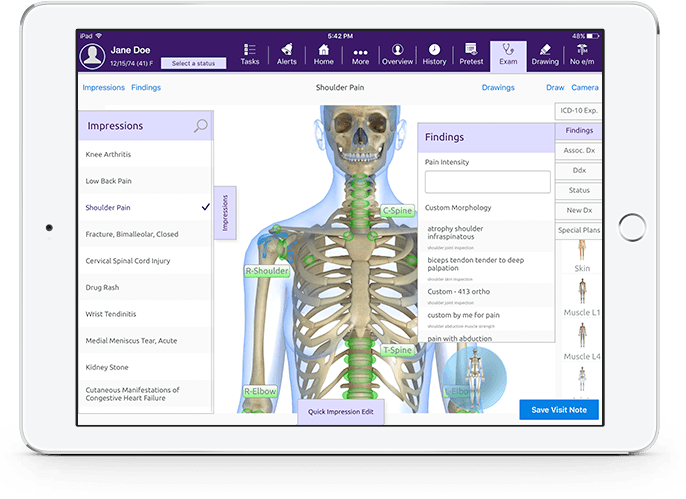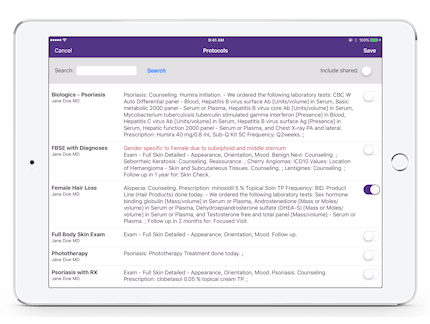How Intelligence Amplification Can Empower Healthcare Providers

Our Chief Medical and Strategy Officer shares how your EHR system should use IA to help in the exam room and beyond
Computers are smart. Doctors are smarter. Computers cannot replace the human interaction we have with our patients and they cannot replace us diagnostically. So, as it turns out, artificial intelligence in healthcare doesn’t have a place in our exam rooms, but intelligence amplification (IA) just may.
You know how when you start to fill out a form, type a few characters and then the form auto-populates with the rest (if you choose to accept your computer’s suggestion)? That’s IA. Does your phone sometimes offer you an estimated time of arrival when you start driving to a familiar location? IA. This is your technology acting as an executive assistant, without ever asking it to. This is IA.

Based on a unique EMA™ username, the EMR software can recognize your preferred methods and even suggest your top diagnoses and treatments.
A good electronic health record (EHR) uses IA too. You may have noticed that EMA has prescriptions you commonly use rise to the top for you to quickly select them. You didn’t have to specifically program this. Neither did I. It’s adaptive learning and EMA used it to learn what you prefer. Or plans you use most often. Likewise, EMA can offer you documentation of the materials you commonly use for a biopsy or procedure, so you can quickly choose what you prefer and avoid having to scroll past what a different physician uses.

EMA’s Protocols feature makes the best dermatology EMR even better by letting you create master visits for conditions you encounter frequently as a dermatologist. This means you can record patient, procedure, diagnosis and treatment information once, then effortlessly apply it to exams like routine visits, new patients and pre- and post-operative instructions.
Future directions for intelligence amplification
EMA has done this for a while, but recently, Modernizing Medicine has been taking IA even further. Now, EMA is being developed to use IA to recognize that a drug you prescribe requires a prior authorization and to help you to get forms ready before you transmit the prescription to the pharmacy. EMA will just know. No clicks needed. Ultimately, EMA was created to erase the space that documentation requirements had created between doctors and our patients, so it was with that in mind that EMA utilizes IA to automatically collect certain quality measures for value-based medicine reporting without the physician having to box check. You did it. EMA knows you did it. So, it’s done.
In thinking about how IA can reduce physician stress and increase job satisfaction, a perfect role for IA will be in local insurance coverage determination. Insurance companies deny claims when they argue that the physician hasn’t included the information that he or she must. But who can keep up with the vagaries of insurance company rules? There are so many insurance companies and so many rules—too many for any human to know. That’s where IA comes in. By “knowing” what the rules are in advance, a future step for IA and EMA will be to reduce denials by notifying the physician when required components for billing are missing from the claim.
The promise of technology is in making our lives simpler and less complicated. Harnessing the power of IA is how an intelligent EHR can accomplish that goal.





